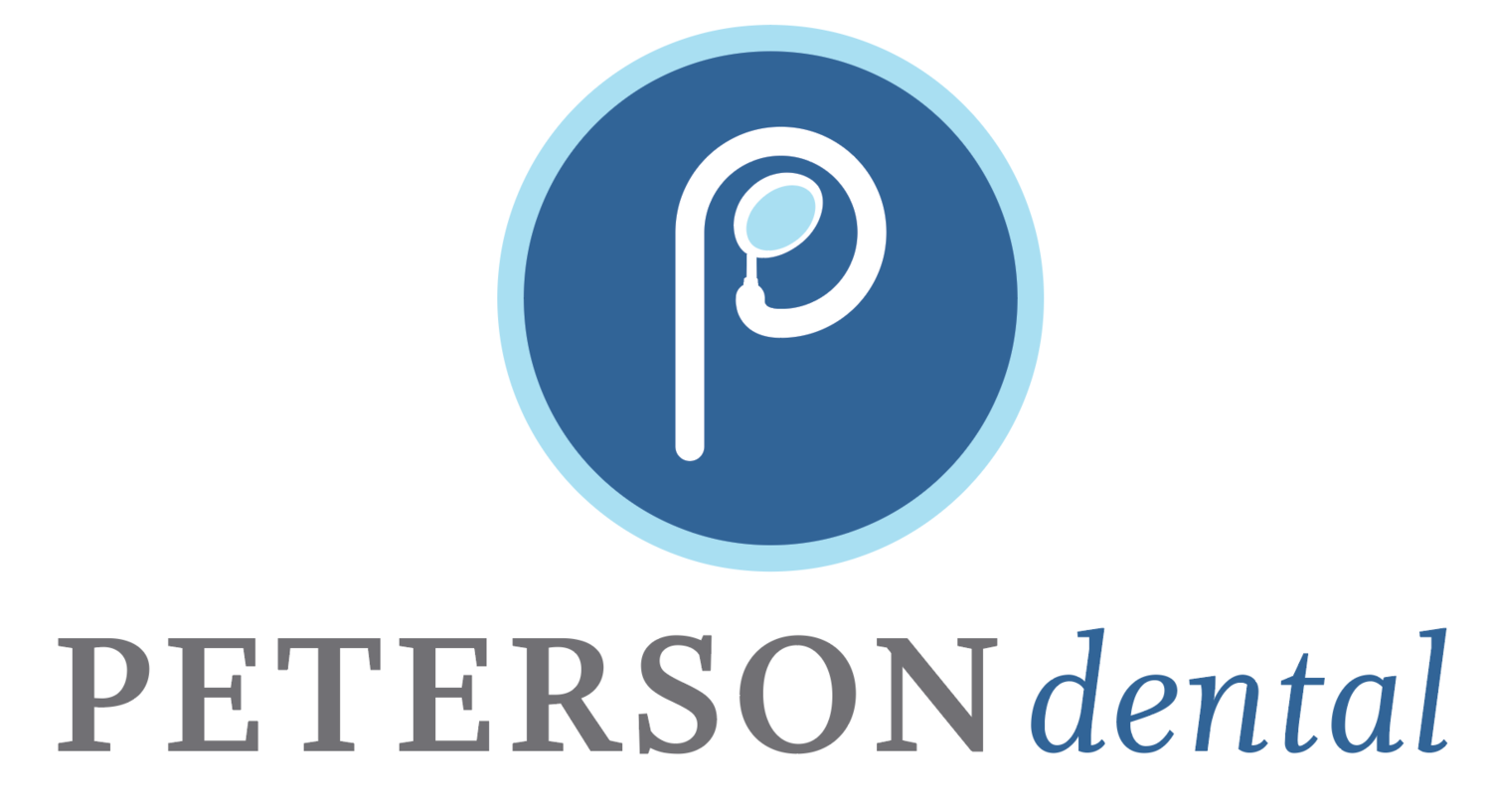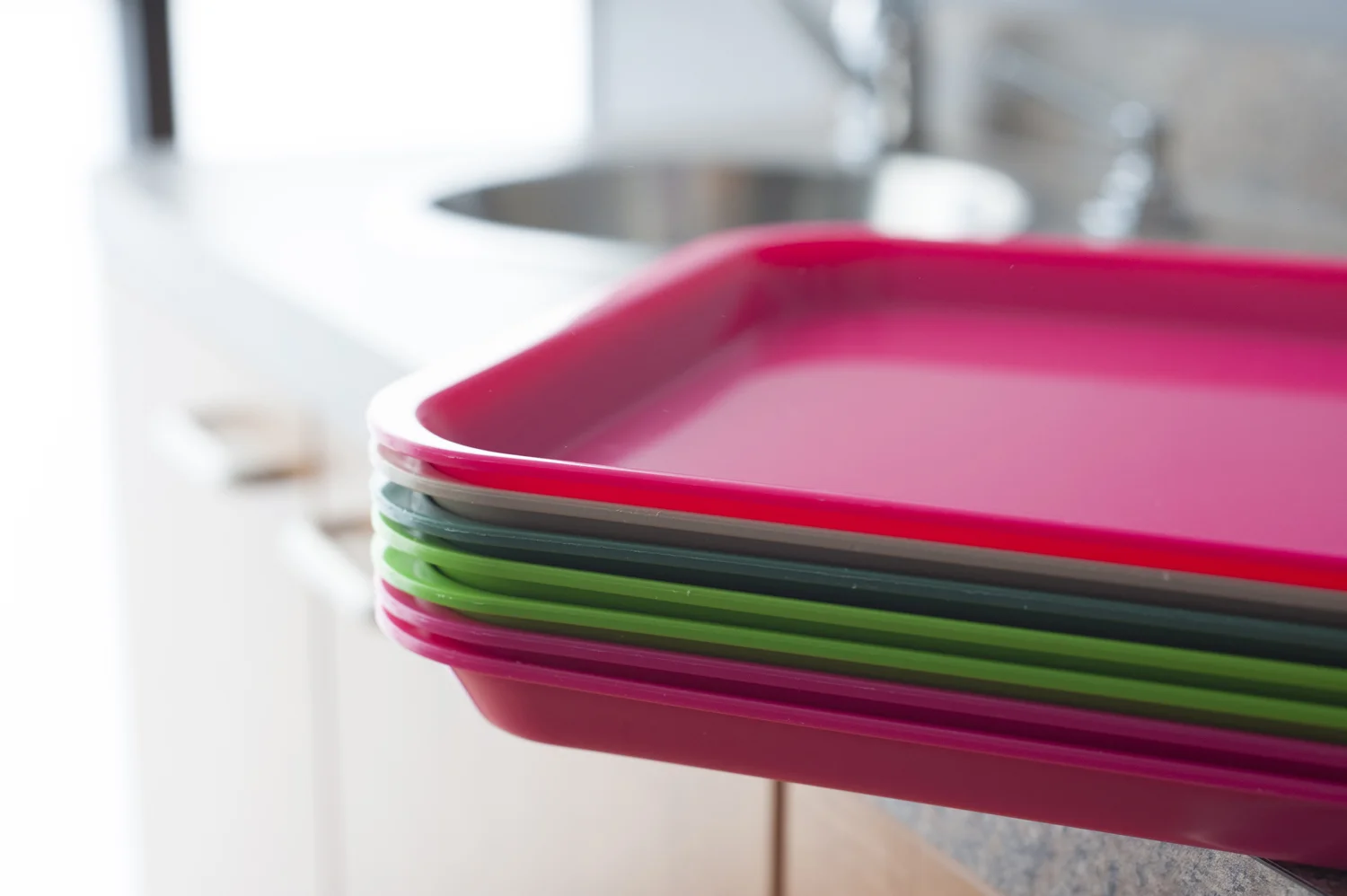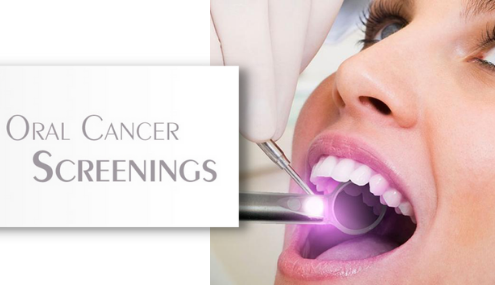Dental Terms Q-Z
Q
Quadrant: The dental term for the division of the jaws onto four parts, begging at the midline of the arch and extending towards the last tooth in the back of the mouth. There are four quadrants in the mouth; each quadrant generally contains five to eight teeth.
R
Rebase: The process of refitting a denture by replacing the base material.
Receded gums: A condition characterized by the abnormal loss of gum tissue due to infection or bone loss.
Referral: When a dental patient is sent to another dentist, usually a specialist, for treatment or consultation.
Reline: The process of resurfacing the tissue side of a denture with a base material.
Replantation: The return of a tooth to its socket.
Resorption: The breakdown and assimilation of the bone that supports the tooth, i.e., bone loss.
Restoration: Any material or devise used to replace lost tooth structure (filling, crown) or to replace a lost tooth or teeth (bridge, dentures, complete or partial).
Retainer: A removable dental appliance, usually used in orthodontics, that maintains space between teeth or holds teeth in a fixed position until the bone solidifies around them.
Retrograde filling: A method of sealing the root canal by preparing and filling it from the root tip, generally done at the completion of an apiocoectomy.
Ridge enhancement: (bone replacement) the placement of a synthetic bone material, or freeze dried bone, inserted immediately after an extraction into the socket of the tooth. This is done to prevent collapsing of the surrounding bone.
Root: The part of the tooth below the crown , normally encased in the jawbone. It is made up of dentin, includes the root canal, and is covered by cementum.
Root Canal: The hollow part of the tooth’s root. It runs from the tip of the root into the pulp.
Root canal therapy: The process of treating disease or inflammation of the pulp or root canal. This involves removing the pulp and root’s nerve(s) and filling the canal(s) with and appropriate material to permanently seal it.
Root planning: The process of scaling and planing exposed root surfaces to remove all calculus, plaque, and infected tissue.
S
Scaling: A procedure used to remove plaque, calculus, and stains from the teeth.
Sealant: A composite material used to seal the decay-prone pits, fissures, and grooves of teeth to prevent decay.
Six-year molar: The first permanent tooth to erupt, usually between the ages of five and six.
Socket: The hole in the jawbone which to tooth fits.
Space maintainer: A dental appliance that fills the space of a lost tooth or teeth and prevents the other teeth from moving into the space. Used especially in orthodontic and pediodontic treatment.
Stainless steel crown: A pre-made metal crown, shaped like a tooth, that is used to temporarily cover a seriously decayed or broken down tooth. Used most often on children’s teeth.
Subgingival scaling: The removal of calculus and plaque found on the tooth below the gum line.
Supra gingival scaling: The removal of calculus and plaque found on the tooth below the gum line.
Systemic: Relating to the whole body.
T
Tartar: see calculus.
Temporomandiblar joint (TMJ): The connecting hinge mechanism between the upper jaw and the base of the skull.
Third molar: The last of the three molar teeth, also called wisdom teeth. There are four third molars, two in the lower jaw two in the upper jaw, on each side.
Torus: A bony elevation of normal bone. Usually seen on the upper palate behind the front teeth or under the tongue inside the lower jaw.
Treatment plan: A list of work that the dentist proposes to perform on a dental patient based on the result s of the x-rays, exam, and diagnosis. Often more than one treatment plan is presented.
V
Veneer: An artificial filling material, usually plastic, composite, or porcelain, that is used to provide an anesthetic covering over the visible surface of a tooth. Most often used on front teeth.
W
Wisdom teeth: See third molar.








